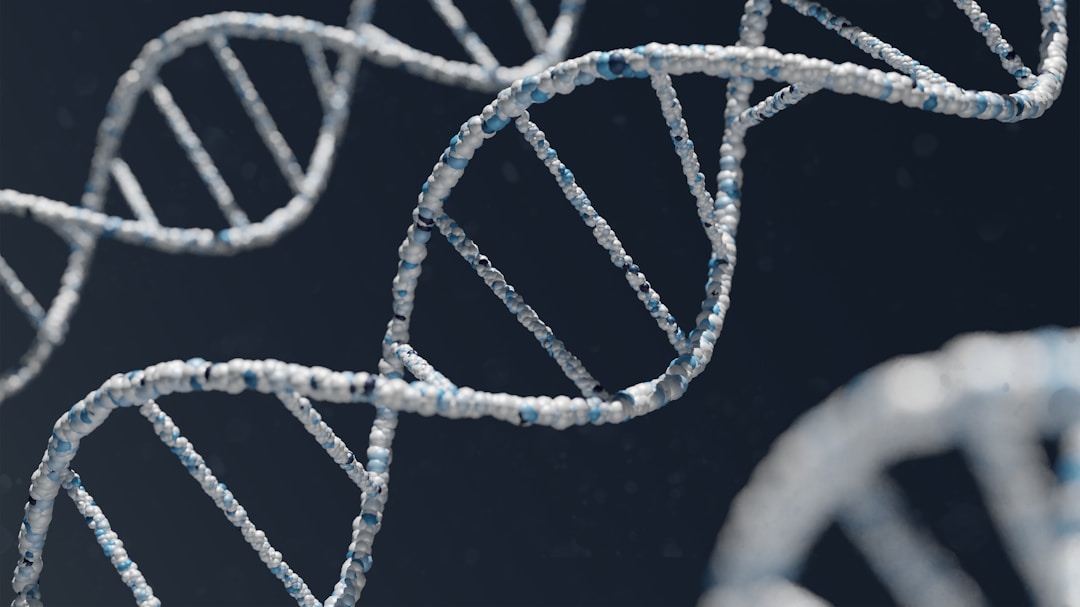Attention-Deficit/Hyperactivity Disorder (ADHD) is a mental health disorder that affects both children and adults worldwide, causing a range of symptoms that impact everyday life. This article takes a deep dive into the complex world of ADHD, discussing the symptoms, causes, and treatments of this condition in detail. Below, we cover every aspect to give a comprehensive view of ADHD.
Understanding ADHD: An Overview
ADHD is a complex neurodevelopmental disorder that primarily affects concentration and attention span, often associated with impulsivity and hyperactivity. Though typically diagnosed in childhood, ADHD can continue into adulthood, impacting daily functions and relationships. It is not a deficiency or failure but rather a difference in the brain’s wiring which affects behavioural patterns.
Those affected by ADHD possess characteristics that are different from societal norms. These differences are not always harmful but can be challenging to manage in traditional systems, impacting school performance, work efficiency, and interpersonal relationships. Therefore, understanding ADHD, its symptoms, its impact, and how to manage it is crucial. A children’s ADHD assessment is a tool that aids in early diagnosis and management of this condition, setting the foundation for a fulfilling life.
ADHD is not restricted by geographical boundaries or socioeconomic status. It is a global phenomenon affecting people of all ages, backgrounds, and walks of life. However, the perceptions, understanding, and treatment of ADHD significantly differ worldwide, stemming from cultural connotations and medical paradigms.
The Symptoms of ADHD
The core symptoms of ADHD include inattention, impulsivity, and hyperactivity. However, these umbrella terms encompass a range of behaviours and manifestations. Inattentiveness can represent forgetfulness, difficulty in focusing or maintaining attention, frequently shifting from one activity to another, and difficulty in organization and time management.
Impulsivity, on the other hand, can manifest as impatience, interrupting conversations, difficulty waiting for one’s turn, and acting without thinking about the consequences. Hyperactivity can be seen as constant restlessness, inability to sit still, excessive talking, or fidgeting. It’s worth noting that these symptoms are not a definitive marker of ADHD. They could represent normal childhood behaviour or a symptom of another underlying issue.
Moreover, the presentation of these symptoms varies from individual to individual. Some may display symptoms of inattention more prominently, whereas others might exhibit predominantly hyperactive-impulsive behaviour. Therefore, diagnosing ADHD is not a straightforward process and requires a comprehensive assessment that considers various aspects of an individual’s behaviour.
The Causes of ADHD
Like most psychological disorders, ADHD arises from an intricate interplay between genetics and environment. Research indicates a strong genetic component, with studies showing that if a parent has ADHD, a child has more than a 50 per cent chance of having it. However, genetics alone does not explain the occurrence of ADHD. Environmental factors such as prenatal exposure to alcohol and tobacco, premature birth, low birth weight, and lead exposure also contribute to the development of the condition.
Various brain imaging studies have discovered several key differences in the brains of people with ADHD. Some areas of the brain that control attention are notably smaller, while other areas associated with activity levels may be larger. Moreover, the chemical makeup of the brain, influenced by both genetic and environmental factors, also plays a role in the manifestation of ADHD.
In the end, while the causes of ADHD are not entirely understood, it is clear that a combination of genetics and environment plays a significant role. Studies are ongoing to further understand the intricacies of the disorder, and breakthroughs in this area would greatly assist in formulating more effective treatments and interventions.
ADHD in Children and Adults
ADHD affects children and adults, but the presentation of symptoms and the impact of the disorder can vary with age. In young children, ADHD may present more obviously through hyperactivity and impulsivity. This is often observed as difficulty sitting still, a continued state of restlessness, lack of discernment, and interrupting others. It may also affect academic performance due to problems with attention.
In adolescents and adults, ADHD often appears as an inability to manage time effectively, deal with stress, and balance multiple responsibilities. Self-esteem issues may arise due to the repeated frustration of not meeting societal or personal expectations. The physical hyperactivity typical in younger children usually decreases in adults, but they may still experience feelings of restlessness and difficulty relaxing.
These variations in symptom presentation underline the need for accurate diagnoses and treatment plans tailored to different ages. It should be remembered that while the symptoms can decrease over time, the disorder itself does not fade away; it merely changes in manifestation. This sometimes leads to late diagnosis in adults, resulting in untreated ADHD causing numerous complications in personal and professional life.
Diagnosis of ADHD
Diagnosis of ADHD is a multi-step process involving a comprehensive evaluation, as there is no single test to diagnose ADHD. It typically begins with a medical examination to rule out other possible causes of symptoms. Then a detailed history is taken, including medical, psychological, educational, and social aspects. This often involves questionnaires or rating scales that measure ADHD symptoms.
Since symptoms can change over time, an individual’s current symptoms must be compared to childhood behaviours. For a diagnosis of adult ADHD, it is necessary that some symptoms were present in childhood and persist in adulthood. Moreover, these symptoms must cause significant impairment in two or more areas of an individual’s life like school, work, social life, or personal relationships.
Additionally, other mental health conditions such as depression, anxiety, and learning disabilities that can cause similar symptoms must be ruled out. This comprehensive diagnostic process ensures the diagnosis is accurate and the individual receives the appropriate treatment.
Treatment of ADHD
The treatment of ADHD often involves a multidimensional approach, using a combination of medication, therapy, behavioural interventions, and lifestyle modifications. Stimulant and non-stimulant medications are used in treating ADHD. These drugs work by impacting certain chemicals in the brain to help its parts work better together. Behavioural therapies can be beneficial in teaching individuals coping skills, and strategies to manage symptoms and help in improving self-esteem and interpersonal relationships.
For children, interventions involving parents and teachers can be highly effective. These include parent and teacher training to appropriately respond to ADHD behaviours, setting up systems of rewards and consequences, and optimizing the educational environment to suit the child’s needs.
Moreover, lifestyle modifications such as regular physical activity, a healthy diet, sound sleep, reduced screen time, and incorporating proper stress management can significantly improve symptoms. Again, effective treatment is personalized to the individual’s unique combination of symptoms, age, and personal circumstances.
The Impact of ADHD
ADHD is not just about being unable to sit still or focus. It impacts every aspect of an individual’s life. The core symptoms can make everyday activities challenging, including school, work, and social relationships. People with ADHD may struggle with low self-esteem, troubled relationships, and poor academic or work performance. They may also have associated conditions such as learning disabilities, anxiety, and depression, which compound the impact of ADHD.
In the face of this daunting news, it’s essential to remember that ADHD also has its strengths. People with ADHD are often creative, intuitive, and highly energetic. They can excel in fields stimulating their interest and allowing for a dynamic work environment. With appropriate support, they can turn their unique brain-wiring into a resource rather than a hindrance.
Public understanding of ADHD needs to shift from a deficit-focused perspective to a strength-based approach. This will involve society accommodating the neurological diversity represented by ADHD, valuing what individuals with ADHD can bring, and enabling them to thrive. Ultimately, ADHD is just one aspect of an individual’s personality, not their whole identity, and it should always be seen within this larger context.
Overall, ADHD is a complex but manageable condition. By being proactive and vigilant about symptoms, seeking help promptly, engaging in appropriate therapies, and adapting lifestyles, individuals with ADHD can lead successful and fulfilling lives. Awareness and understanding of ADHD can only enhance this journey, helping cultivate inclusive spaces where people with ADHD are not just accepted but celebrated.










